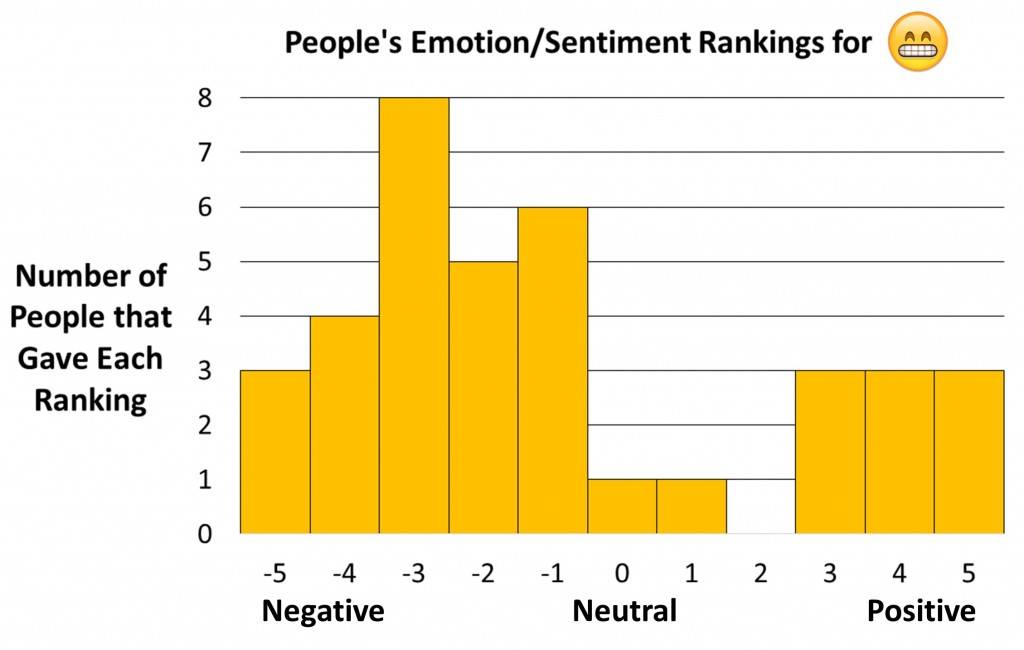
We all know that we now live in an emoji world. Some people can communicate without words and just use various kinds of emojis to express themselves. But a group of researchers from the University of Minnesota set out to prove that there is still much confusion caused by these strange little characters, either because they look different across various platforms, and also because of the different interpretations we give the same emojis. The results of their study is pretty interesting and also scary if we are to rely on emojis as a new way of communicating.
Even though we have a standard that we follow for emojis under Unicode, each platform and OEM have different renderings of these emoticons. They give a title to the particular emoji, and then the various brands then interpret it on their own leading to sometimes very different interpretations of said emoji. One example that they used is “grinning face with smiling eyes” which on paper should be easy to understand. But it all looks pretty different on Apple, Google, Microsoft, Samsung, Facebook, Twitter, etc.

People were all over the place when ranking if it was negative, neutral, or positive. When it comes to platform boundaries, ” the sender and the receiver will differ by about 2.04 points on average on our -5 to 5 sentiment scale.” But even within platforms, the difference is an average of 1.88 points. This also points to the fact that even if you’re seeing the same thing, there is still a difference, probably because of the culture, age, and technical background. The surrounding text also may contribute to the disambiguation of the meaning of a particular emoji.

While some may think it’s silly to conduct a study about emojis, remember that some of the world’s preeminent communication scholars have already said that the use of emoji has shown a “fundamental shift in language use.” So, really, it is important to see and understand all the various differences and difficulties of communicating with emojis, just like you would any language. The paper will be published by AAAI International Conference on Weblogs and Social Media in May.
SOURCE: Group Lens










¯_(ツ)_/¯
most confusing emoticon EVER. 🙂